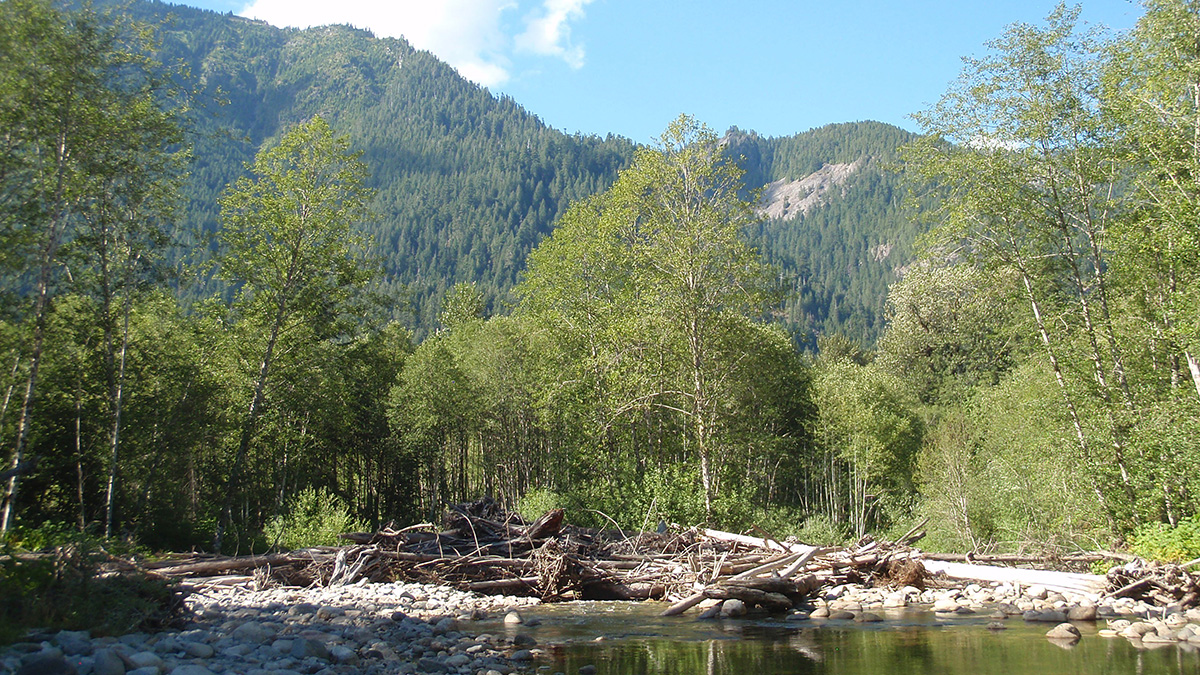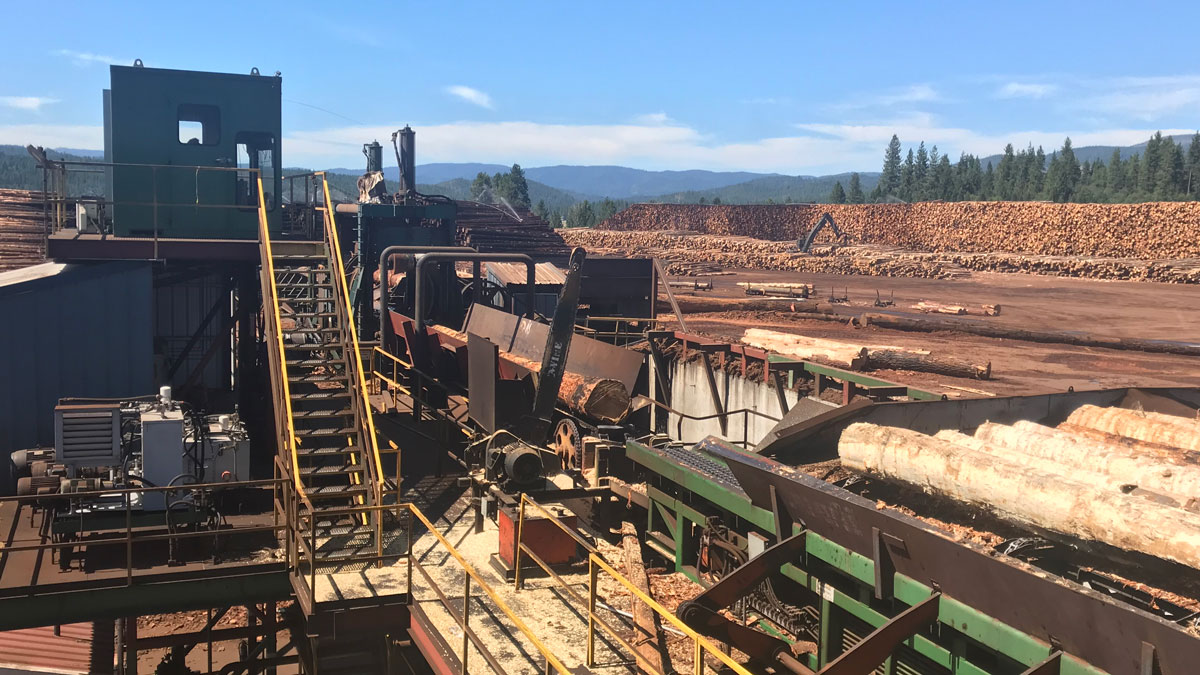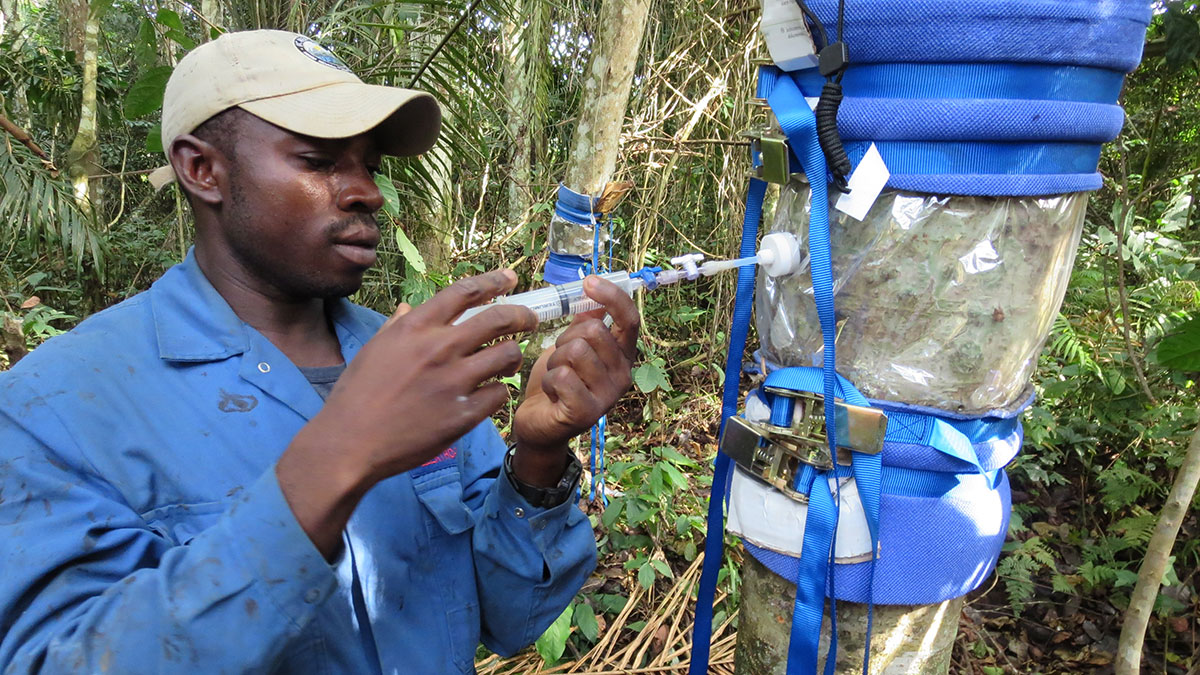Studying the interactions between the atmosphere and forests is a key component of understanding forest ecosystems and the interplay between our atmosphere and the living world.
forests
From River to Sea: Estimating Wood Cascades
Dams and deforestation have chipped away at the millions of cubic meters of wood that flow through rivers and out to sea.
Drop in Rain Forest Productivity Could Speed Future Climate Change
As temperatures rise, tropical forests will become more stressed and photosynthesize less.
Clever Wood Use Could Mitigate Wildfires and Climate Change
California plans to use forest thinning to reduce wildfire risk. New research suggests the state could also see a climate benefit by repurposing waste wood produced by thinning.
Native Super Trees Could Provide Climate Solutions to Houston
A Houston nonprofit identified 14 native “super tree” species that are particularly promising for mitigating climate change and public health concerns.
New Theory Connects Tree Uprooting and Sediment Movement
Tree throw from extreme wind events plays an important role in the movement of sediment and erosion on forested hillslopes. A new theory offers a novel way to measure its impact.
Exploring Methane Emissions from Africa’s Tropical Forests
Global methane budgets suffer from a lack of field studies in African forests, but new research sheds light on methane emissions and uptake from upland forests in the Congo Basin.
Inland Mangroves Are Relics of the Past’s Higher Sea Levels
Mangroves found in southern Mexico’s rain forest, 170 kilometers from the nearest ocean, date to a time when sea levels were several meters higher.
Understanding Tremors Through Tree Rings
Researchers look to carbon isotopes and cell-level wood anatomy to understand how seismic-induced changes in water availability affect tree growth.
New Report Puts the Amazon Rain Forest on the Main Stage at COP26
The Science Panel for the Amazon prepares to launch its first report, the most comprehensive document on the rain forest so far.










